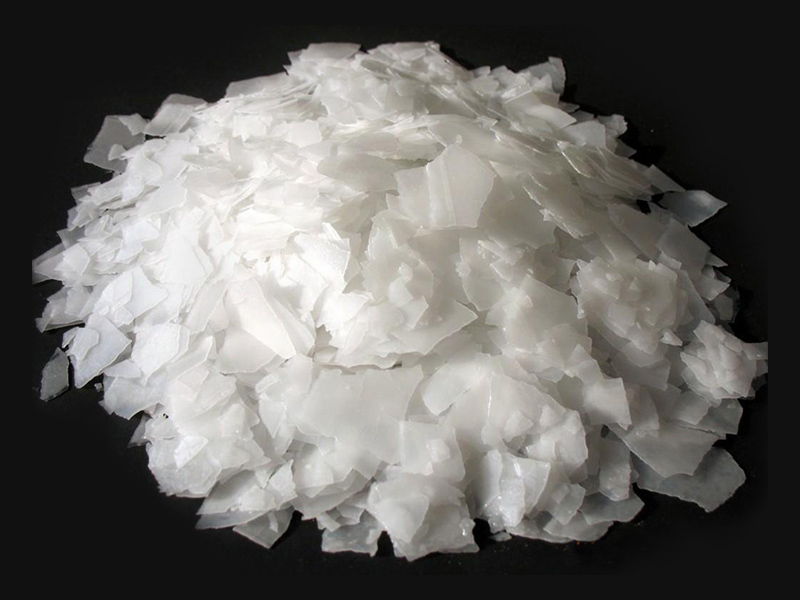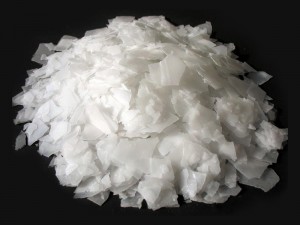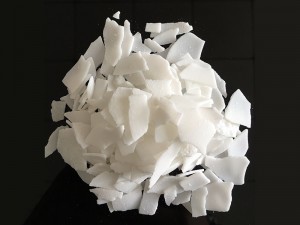p-tert-octyl phenol (PTOP) CAS No. 140-66-9
Product description of p-octylphenol
A. Chinese and English name
Product name: p-terrylphenol
English name: Para-tert-octyl-phenol
English abbreviation: PTOP / POP
B. molecular formula
Molecular Formula:C 14H22O Molecular
Weight: 206.32
C. Related Code:
UN Code: 2430
CA Registry Number:140-66-9
HS Code: 2907139000
D. Chemical composition
| Items | Indicators |
| appearance | White flaky solid |
| p-Octylphenol mass fraction ≥ | 97.50% |
| Freezing point ≥ | 81℃ |
| Moisture ≤ | 0.10% |
E. Product use
Widely used in the manufacture of oil-soluble octyl phenolic resin, surfactants, pharmaceuticals, pesticides, additives, adhesives and ink fixatives.
F. Production method: phenol, diisobutene alkylation method. G. Physical and chemical properties: appearance and properties: white flakes, flammable, slightly phenol odor; Relative density (water = 1): 0.941, boiling point (°C): 280~283, flash point (°C): 138; Solubility: slightly soluble in water, miscible with ethanol, acetone, etc. H. Storage and transportation conditions:
Store in a cool, dry, dark warehouse, away from the heat source of tinder. The temperature of the warehouse should not exceed 40 °C. Keep the package sealed. It should be stored separately from oxidants, strong alkalis, edible chemicals, etc., and mixed storage should be avoided. Explosion-proof lighting is adopted.
I. Toxicity and protection:
Corrosive to the skin, eyes and mucous membranes, it can cause congestion, pain, burning sensation, blurred vision. Inhalation of a large amount of its vapor can cause cough, shortness of breath, difficulty breathing, and severe cases can cause pulmonary edema. Mistaken can cause poisoning. Frequent contact with the skin can depigment the skin. In case of heat, highly toxic phenolic smoke is released. Environmental hazards: The substance is harmful to the environment, and special attention should be paid to the pollution of water bodies. Explosion hazard: combustion caused by open flame and high heat energy. Closed operation, enhanced ventilation. Operators must be specially trained and strictly follow operating procedures. It is recommended that operators wear gas masks, chemical protective glasses, anti-penetration overalls, and rubber oil-resistant gloves. Keep away from fire and smoking is strictly prohibited in the workplace. Use explosion-proof ventilation systems and equipment. Prevent its vapor from leaking into the workplace air. Production and packaging sites should be equipped with corresponding varieties and quantities of fireproof equipment, as well as leakage emergency treatment equipment.
Physical Properties melting
point 83.5-84 °C, freezing point 80-83 °C, boiling point 276 °C, flash point (open cup) 138 °C, apparent density 0.341 g/ml. Insoluble in water, soluble in most organic solvents.
Storeage is
stored in a dry, clean and ventilated room. The storage period is one year, beyond the storage period, it can still be used after inspection.
Useage is
widely used in the manufacture of oil-soluble octyl phenolic resins, surfactants, pharmaceuticals, pesticides, additives, adhesives and ink fixatives. Widely used in the manufacture of oil-soluble octylphenolic resin and octylphenol polyoxylate, nonionic surfactants, textile auxiliaries, oilfield auxiliaries, antioxidants and rubber vulcanizing agents, surfactants, pharmaceuticals, pesticides, additives, adhesives and ink fixatives.
Phenol dangerous goods belong to Class 6.1 dangerous goods in the sense of the principle and are toxic substances




